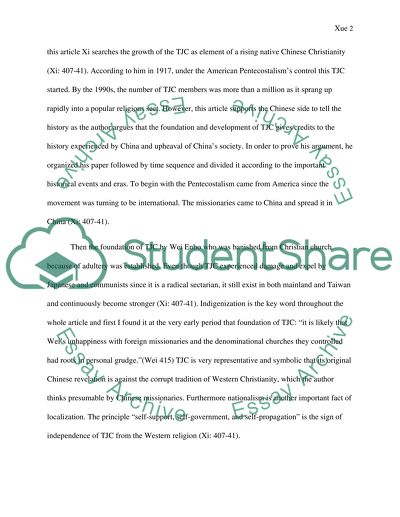Cite this document
(“Christianity and Chinese Popular Religion: The success of Christianity Essay”, n.d.)
Christianity and Chinese Popular Religion: The success of Christianity Essay. Retrieved from https://studentshare.org/religion-and-theology/1463485-christianity-and-chinese-popular-religion-the-success-of-christianity-in-china
Christianity and Chinese Popular Religion: The success of Christianity Essay. Retrieved from https://studentshare.org/religion-and-theology/1463485-christianity-and-chinese-popular-religion-the-success-of-christianity-in-china
(Christianity and Chinese Popular Religion: The Success of Christianity Essay)
Christianity and Chinese Popular Religion: The Success of Christianity Essay. https://studentshare.org/religion-and-theology/1463485-christianity-and-chinese-popular-religion-the-success-of-christianity-in-china.
Christianity and Chinese Popular Religion: The Success of Christianity Essay. https://studentshare.org/religion-and-theology/1463485-christianity-and-chinese-popular-religion-the-success-of-christianity-in-china.
“Christianity and Chinese Popular Religion: The Success of Christianity Essay”, n.d. https://studentshare.org/religion-and-theology/1463485-christianity-and-chinese-popular-religion-the-success-of-christianity-in-china.


